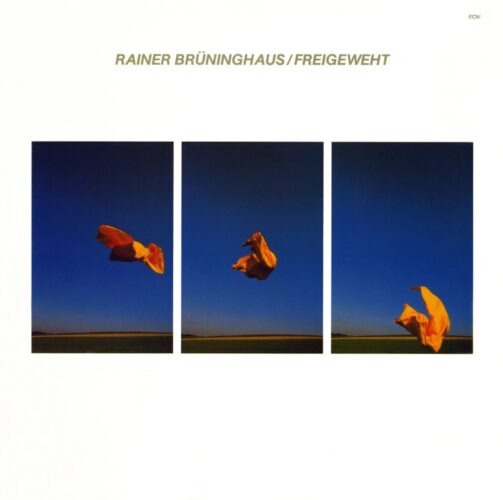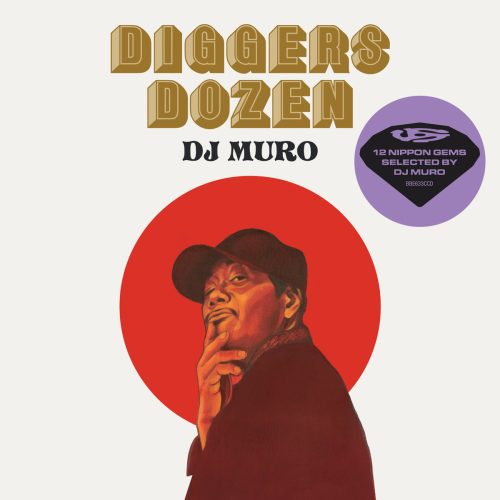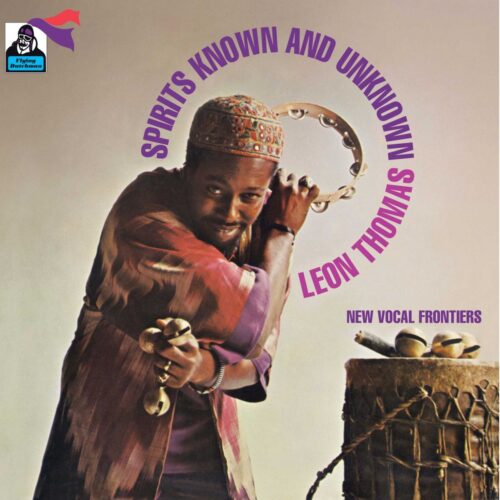“Quiet Logic” has been added to your cart. View cart
Freigeweht
Label: ECM
Genre: Highlights, Jazz
$49.99
Out of stock
Audiopile Review: We cannot say enough good things about ECM’s Luminescence reissue series. It is an extremely on-point selection of classics from the label’s voluminous back catalogue. The crystal-clear pressings and luxurious packaging more than justify the prices. This series has been a particular bonanza for fans of Canadian brass blower Kenny Wheeler. So far, he’s shown up on reissues of the first Azimuth album and his own ‘Gnu High’. And here he comes again on Rainer Brüninghaus’s 1981 album ‘Freigeweht’. Brüninghaus is at the helm here, composing the tunes and playing keyboards, but Wheeler’s plangent flugelhorn really steals the show on opener ‘Stufen’. From there on in, ‘Freigeweht’ delivers exactly what you want from an ECM release of this era: free-range group interplay, evocative melodic beauty, atmospheric synth-scapes, and phenomenal production (from label boss Manfred Eicher, off course). Like Marilyn Crispell’s ‘Amaryllis’, this album earns its place in the series less through being a grail for ECM collectors and more though being an irresistible encapsulation of the label’s core aesthetic. And it shows that core aesthetic to be less simplistically decorative than sceptics might expect. Big shout out to drummer Jon Christensen for adding much of the edge here (a role drummers often play on ECM releases). An absolute must for ECM fans and an excellent introduction to how the label accidentally invented the whole concept of ambient jazz.
Released in 1981, the debut of the legendary keyboardist from Eberhard Weber’s Colours band and later the Jan Garbarek Group, Freigeweht presented Rainer Brüninghaus as a highly original and idiosyncratic sound sculptor in his own right, accompanied by ECM stalwarts Kenny Wheeler on flugelhorn and drummer Jon Christensen as well as oboist Brynjar Hoff. In a review of the album from the year of its release, the German daily Frankfurter Allgemeine Zeitung traced Rainer’s influences and minimalist designs back to Steve Reich, calling Brüninghaus “the most imaginative musician to employ minimal art in the realm of jazz. (…) Though he neither uses minimal art as ideology nor as replacement for a rhythm section, but in a more playfully constructive way, as an element that can undergo change.” Jon Christensen adds uncompromising propulsion to Brüninghaus’s lyrical themes, which are evocatively fleshed out by Wheeler and Hoff’s contemplative tones. (The Luminessence edition of ‘Freigeweht’ arrives in a tip-on gatefold accompanied by new liner notes)





